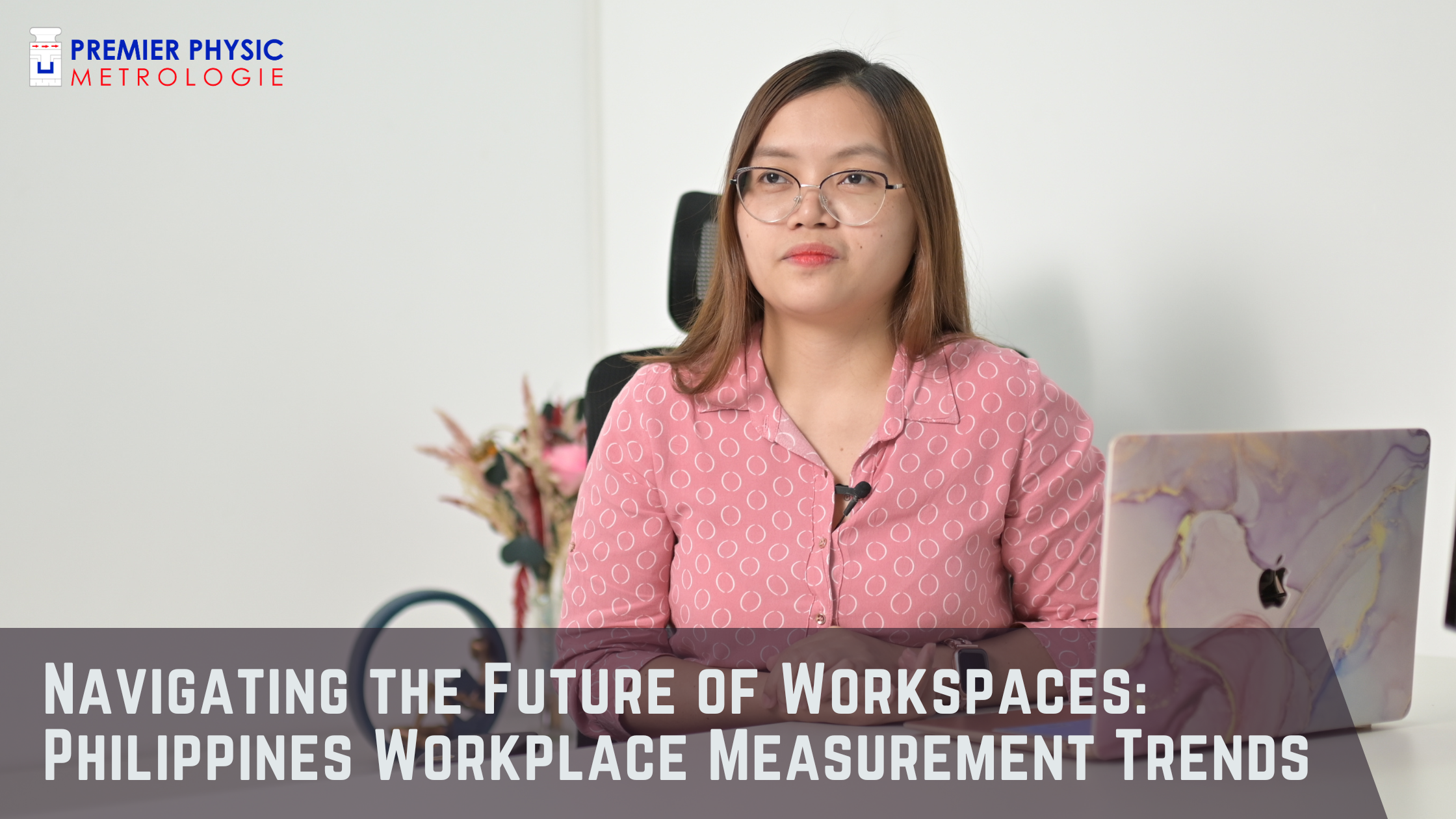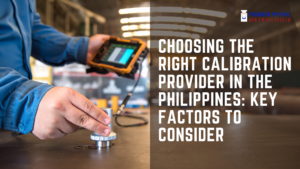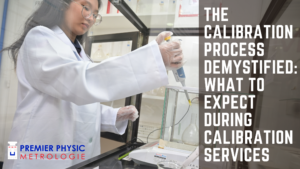Navigating the dynamic landscape of workspaces in the Philippines requires a keen understanding of emerging trends and a proactive approach to adaptability. In this comprehensive exploration, we delve into the intricate tapestry of workplace measurement trends, uncovering the nuances that define the present and shape the future.
Introduction
Workplace Trends: Redefining the Dynamics
Workspaces are no longer confined to physical structures; they represent dynamic ecosystems where innovation, collaboration, and employee well-being intersect. Understanding and measuring these trends become paramount for businesses aiming to stay ahead. Workplace measurement involves evaluating the efficiency, productivity, and adaptability of the workspace, considering factors like technology integration, design aesthetics, and employee satisfaction.
Navigating the Future of Workspaces: Philippines Workplace Measurement Trends
Current Workspace Landscape in the Philippines
The Philippines, a hub of diverse industries, is experiencing a paradigm shift in workspace dynamics. From traditional office setups to flexible, tech-driven environments, companies are navigating uncharted territories to optimize productivity and foster creativity.
Emerging Trends in Workspace Design
As the digital era unfolds, workspace design evolves to accommodate changing needs. Trends such as open collaborative spaces, flexible work arrangements, and sustainable designs are gaining prominence, shaping a future where workspaces are fluid, adaptive, and aligned with employee expectations.
The Role of Technology
Integration of Technology in Workspaces
In the era of digital transformation, technology is a linchpin in workspace evolution. From smart office solutions to virtual collaboration tools, integrating technology optimizes workflow, enhances communication, and facilitates a seamless work experience.
Impact on Productivity and Collaboration
Technological integration not only streamlines tasks but also amplifies productivity and collaboration. Real-time communication, virtual meetings, and collaborative platforms redefine the traditional office landscape, enabling teams to work cohesively regardless of physical proximity.
Collaborative Spaces
Importance of Collaborative Work Environments
Collaboration is the heartbeat of innovation. Recognizing the importance of collaborative spaces, businesses are reimagining office layouts to foster creativity, idea-sharing, and team synergy.
Designing Effective Collaborative Spaces
Creating effective collaborative spaces involves a delicate balance between openness and privacy. Thoughtful design, ergonomic furniture, and advanced technology contribute to an environment where ideas flow freely, driving collective success.
Flexible Work Arrangements
Rise of Remote Work in the Philippines
The past decade witnessed a surge in remote work, and the Philippines is no exception. Embracing flexible work arrangements offers employees a better work-life balance while challenging businesses to create a virtual infrastructure that ensures productivity and connectivity.
Balancing Flexibility and Structure
While flexibility is key, maintaining a structured approach ensures that remote work remains efficient. Striking a balance between flexibility and structure requires strategic planning, robust communication tools, and a supportive corporate culture.
Employee Well-being
Wellness Programs in the Workplace
Employee well-being goes beyond physical health. Workplace wellness programs, encompassing mental health initiatives, ergonomic designs, and health-conscious policies, are becoming integral to workspace measurement trends.
Designing for Mental and Physical Health
A well-designed workspace positively impacts both mental and physical health. Natural light, green spaces, and ergonomic furniture contribute to an environment that nurtures the well-being of employees, fostering a positive and productive atmosphere.
Sustainable Workspaces
Eco-Friendly Office Design
Corporate responsibility extends to environmental sustainability. Eco-friendly office designs, incorporating energy-efficient practices, waste reduction, and sustainable materials, align businesses with global initiatives for a greener future.
Corporate Responsibility in Workspace Sustainability
Being environmentally conscious is not only ethically commendable but also economically prudent. Businesses adopting sustainable practices in their workspaces contribute to a healthier planet while gaining a competitive edge in attracting environmentally-aware talent.
Workspace Measurement Metrics
Key Metrics for Evaluating Workspace Efficiency
Efficient workspace measurement requires a strategic approach. Metrics such as space utilization, employee satisfaction surveys, and technology adoption rates provide valuable insights into the effectiveness of the current workspace layout.
Utilization and Optimization Strategies
Utilizing collected data to optimize workspace design ensures continuous improvement. From reconfiguring office layouts to upgrading technology infrastructure, strategic interventions based on measured metrics enhance overall workspace efficiency.
Adapting to Change
Agility in Workspace Design
In an ever-changing business landscape, agility in workspace design is imperative. Adapting to new technologies, industry trends, and employee preferences ensures that workspaces remain relevant and conducive to growth.
Adapting to Evolving Business Needs
Businesses must be proactive in anticipating and adapting to evolving needs. Workspace flexibility, scalable designs, and a culture of innovation position companies to thrive amid shifting market dynamics.
Employee Engagement
Enhancing Employee Engagement Through Workspace Design
Employee engagement is a cornerstone of organizational success. Workspace design plays a pivotal role in fostering a sense of belonging, collaboration, and satisfaction among employees.
Impact on Retention and Satisfaction
Investing in an engaging workspace positively impacts employee retention and satisfaction. Employees feel valued in an environment that prioritizes their needs, leading to increased loyalty and a more vibrant corporate culture.
Innovations in Office Furniture
Ergonomics in Workspace Design
The importance of ergonomics in workspace design cannot be overstated. Innovations in office furniture prioritize comfort, health, and productivity, contributing to a workspace that enhances rather than hinders employee performance.
Future of Office Furniture
As technology advances, so does office furniture. From adjustable desks to ergonomic chairs, the future promises designs that seamlessly integrate with the evolving needs of a dynamic workforce.
Remote Work Challenges
Addressing Challenges in Remote Work
While remote work offers numerous benefits, challenges abound. From communication gaps to potential feelings of isolation, addressing these challenges requires a combination of technology, policies, and a supportive corporate culture.
Solutions for an Effective Remote Work Experience
Overcoming remote work challenges involves proactive solutions. Regular virtual check-ins, team-building activities, and providing the necessary technology infrastructure are essential components of creating a thriving remote work environment.
Cultural Influences on Workspace
Filipino Work Culture and its Impact
Understanding Filipino work culture is crucial in shaping workspaces. From the emphasis on teamwork to the significance of family, aligning workspace design with cultural values enhances employee satisfaction and overall productivity.
Designing Workspaces Aligned with Culture
Creating workspaces that resonate with cultural values involves incorporating elements that reflect the identity and ethos of the Filipino workforce. This alignment fosters a sense of belonging and pride among employees.
Digital Transformation
Embracing Digital Transformation in the Workspace
Digital transformation is not just a buzzword; it’s a necessity. Embracing technology-driven trends, such as AI integration, automation, and data analytics, propels businesses into a future where efficiency and innovation go hand in hand.
Tech-Driven Trends in Office Environments
From smart offices to virtual assistants, tech-driven trends redefine the modern office. Staying ahead requires businesses to not only adopt but also adapt to the transformative power of technology in workspace dynamics.
Workspace Security
Ensuring Cybersecurity in Modern Workspaces
As workspaces become increasingly digital, ensuring cybersecurity is paramount. Protecting sensitive information, securing networks, and educating employees on cybersecurity best practices are vital components of a secure workspace.
Safeguarding Sensitive Information
The consequences of a security breach are severe. Implementing robust cybersecurity measures safeguards sensitive information, instills trust among employees and clients, and fortifies the overall integrity of the workspace.
Balancing Collaboration and Privacy
Striking a Balance Between Openness and Privacy
Workspace design must strike a delicate balance between fostering collaboration and respecting privacy. Open layouts encourage teamwork, while designated private spaces cater to tasks requiring concentration and confidentiality.
Designing for Confidentiality
Incorporating private workspaces, soundproof rooms, and secure communication channels ensures that businesses can maintain confidentiality when needed. This thoughtful design approach caters to the diverse needs of a modern workforce.
Leadership in Workspace Evolution
Role of Leadership in Shaping Workspace Culture
Leadership plays a pivotal role in driving workspace evolution. A forward-thinking leadership approach that values innovation, inclusivity, and employee well-being sets the tone for a thriving and adaptive workspace culture.
Encouraging Innovation and Adaptability
Leadership that encourages a culture of innovation fosters adaptability among employees. Embracing change, experimenting with new ideas, and fostering a growth mindset are crucial aspects of leading workspace evolution.
Future-proofing Workspaces
Anticipating Future Trends
Future-proofing workspaces involves anticipating trends before they become mainstream. From AI integration to augmented reality workspaces, staying ahead ensures businesses remain agile in an ever-evolving global landscape.
Designing Resilient Work Environments
Resilient work environments are built on a foundation of adaptability and forward thinking. Businesses that proactively design workspaces capable of weathering future changes position themselves as leaders in their respective industries.
Global Perspectives on Workspace Trends
Comparing Philippines Trends with Global Standards
Benchmarking local trends against global standards provides valuable insights. Understanding how the Philippines measures up on a global scale enables businesses to adopt best practices and stay competitive in an interconnected world.
Adopting Best Practices
Global best practices offer a roadmap for success. Businesses can adopt and adapt these practices to suit local needs, creating workspaces that align with both global standards and the unique requirements of the Filipino workforce.
Challenges in Implementing Trends
Overcoming Resistance to Change
Implementing workspace trends is not without challenges. Resistance to change, whether from employees or existing organizational structures, requires a strategic approach that involves communication, education, and showcasing the tangible benefits of the proposed changes.
Ensuring a Smooth Transition
A smooth transition to new workspace trends involves meticulous planning and clear communication. Ensuring that employees understand the rationale behind the changes and providing necessary support facilitates a seamless adaptation to the evolving workspace.
Expert Opinions
Insights from Workspace Design Experts in the Philippines
Gaining insights from experts in the field adds depth to the understanding of workspace trends. Interviews with prominent workspace designers in the Philippines offer valuable perspectives on the current state of workspaces and predictions for the future.
Recommendations for Businesses
Expert recommendations serve as a guide for businesses navigating the complexities of workspace design. From embracing sustainable practices to investing in employee well-being, these recommendations provide actionable steps for creating innovative and effective workspaces.
Success Stories
Companies Thriving with Innovative Workspaces
Success stories of companies that have embraced innovative workspace designs inspire others to follow suit. These stories highlight the tangible benefits of forward-thinking workspace strategies and serve as a testament to the positive impact on productivity, employee satisfaction, and overall success.
Replicating Success in Diverse Industries
The applicability of innovative workspaces is not limited to specific industries. By showcasing examples across diverse sectors, businesses gain insights into how various workspace trends can be tailored to suit their unique needs and challenges.
Conclusion
Workspaces Redefined: A Roadmap to Success
In conclusion, navigating the future of workspaces in the Philippines demands a strategic blend of innovation, adaptability, and a deep understanding of local nuances. By embracing emerging trends, leveraging technology, and prioritizing employee well-being, businesses can create workspaces that not only meet current needs but also stand resilient in the face of future challenges.




